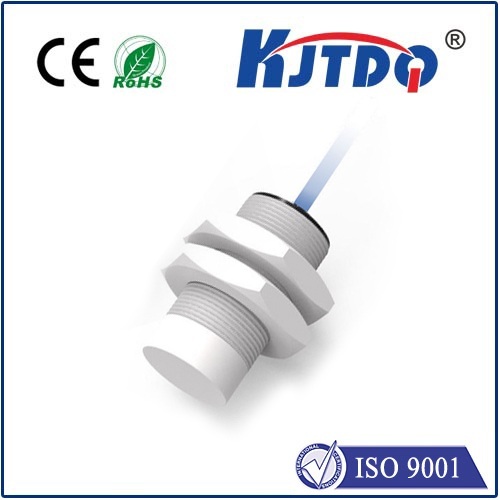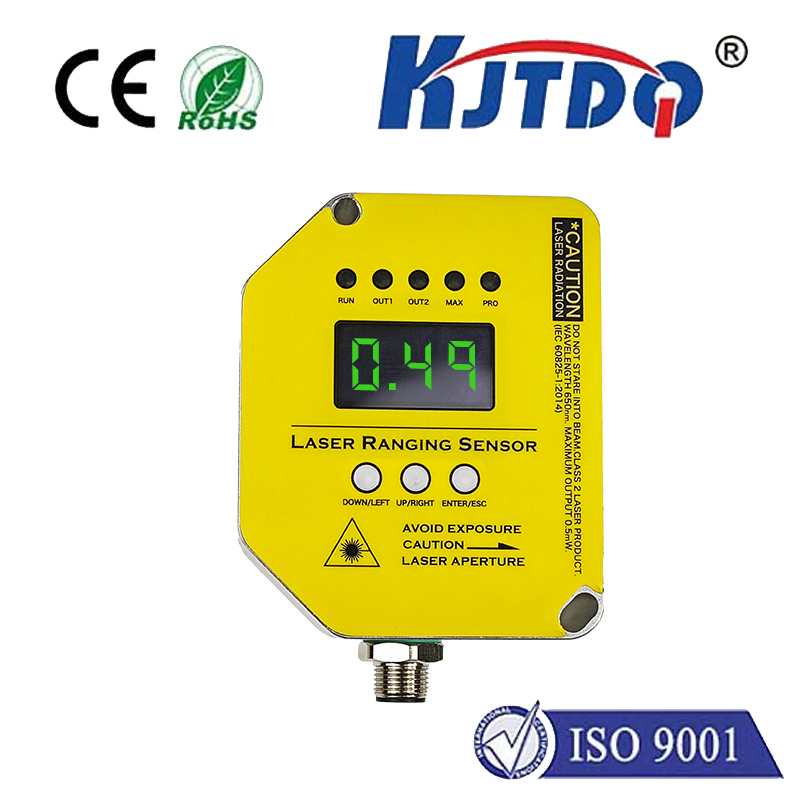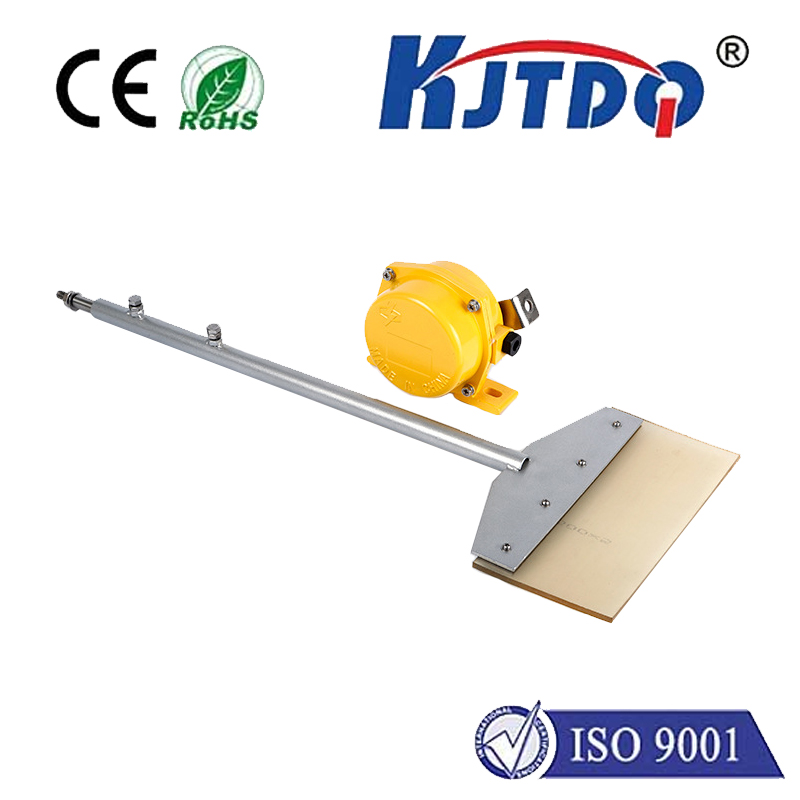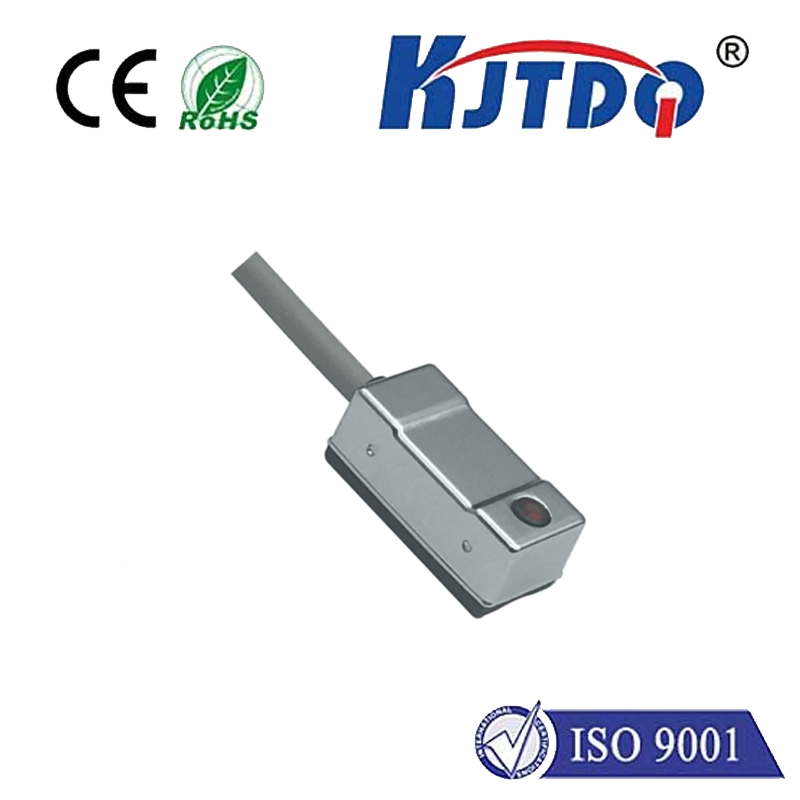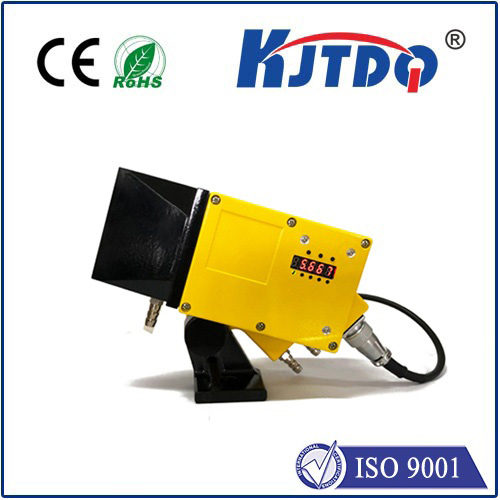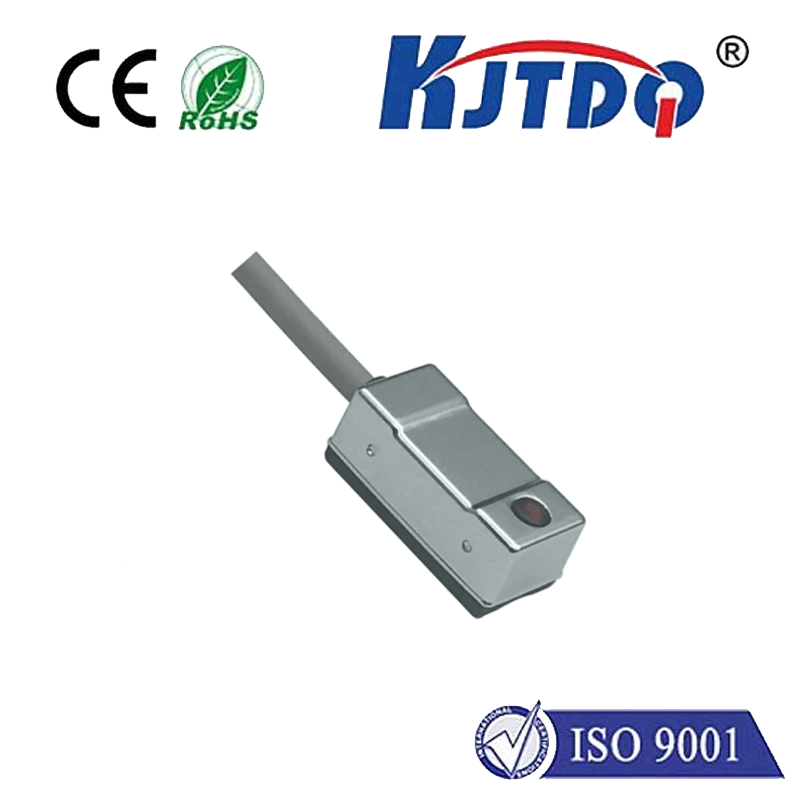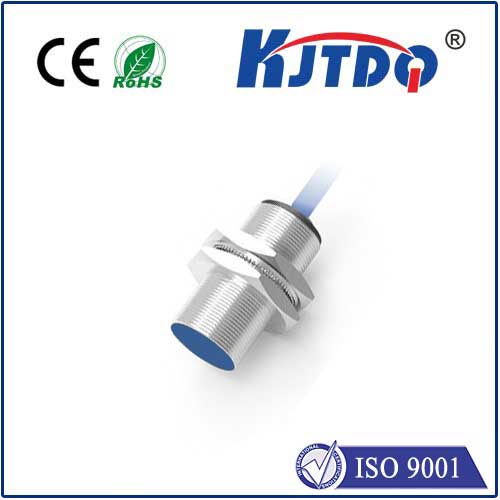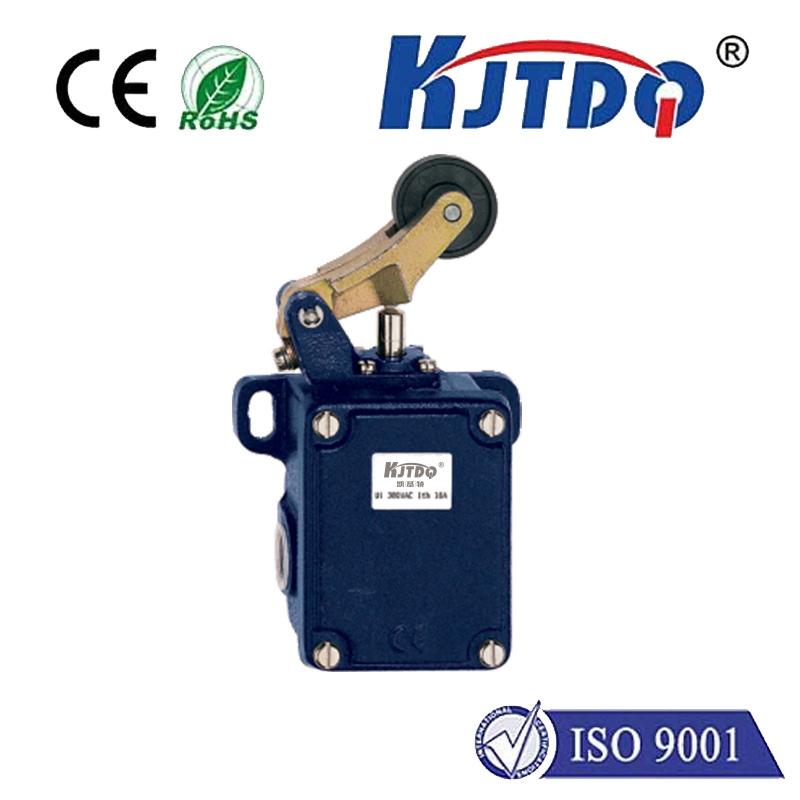long distance proximity sensor
- time:2025-06-12 21:19:57
- Click:0
Beyond the Obvious: How Long Distance Proximity Sensors Transform Remote Detection
Imagine detecting movement a football field away. Or tracking massive objects hundreds of meters across a busy industrial yard, all without physical contact. This isn’t science fiction; it’s the tangible reality unlocked by long distance proximity sensors. These sophisticated devices extend the “eyes” of automation far beyond the limitations of traditional sensors, enabling monitoring, safety, and control in expansive environments where conventional methods fall short. They represent a critical leap in sensing technology, offering unprecedented capabilities for large-scale applications.
Understanding Long-Distance Proximity Sensing: The Core Principle
At its heart, a proximity sensor detects the presence or absence of an object within a defined range. Long distance proximity sensors significantly amplify this capability. Where standard inductive or capacitive sensors work best within millimeters or centimeters, these specialized variants operate effectively over ranges spanning meters to hundreds of meters. They achieve this by utilizing various energy forms – electromagnetic waves (radio frequency), light (laser), or sound (ultrasonic) – emitted from the sensor. The sensor then analyzes the interaction of this emitted energy with a target object (reflection, time-of-flight, frequency shift) to determine its distance, presence, or even velocity. The key distinction lies in their ability to deliver reliable detection at significantly extended ranges.
Key Technologies Powering Extended Reach

Different physical principles enable long-distance detection, each with unique strengths:
- LiDAR (Light Detection and Ranging): Employs pulsed laser beams. By precisely measuring the time it takes for the laser pulse to travel to the target and back (Time-of-Flight - ToF), LiDAR sensors calculate distance with exceptional accuracy. They are capable of long range detection, often exceeding 150-200 meters, providing high-resolution 2D or 3D maps of surroundings. Ideal for autonomous vehicles, large-scale surveying, and complex obstacle detection.
- Radar (Radio Detection and Ranging): Uses radio waves. Doppler radar detects moving objects by measuring the frequency shift in the reflected signal, while FMCW (Frequency Modulated Continuous Wave) radar excels at precise stationary and moving target distance measurement. Radar sensors shine in harsh environments, penetrating dust, fog, rain, and smoke – conditions that often defeat optical sensors. Their robustness makes them perfect for port crane automation, vehicle detection on highways, and perimeter security monitoring large open areas.
- Ultrasonic Sensors: Utilize high-frequency sound waves beyond human hearing. Similar to ToF LiDAR, they calculate distance based on the echo return time. While typically offering shorter maximum ranges (often up to 10-15 meters for long-range variants) compared to LiDAR or radar, they provide excellent cost-effectiveness for medium-range applications in challenging industrial settings, like bulk material level monitoring in tall silos or large tank farms. They also perform reliably in environments with steam or varying light conditions.
Where Long-Distance Proximity Sensors Make a Critical Difference: Applications
The ability to detect objects at significant distances unlocks transformative applications across numerous sectors:
- Industrial Automation & Logistics: Monitoring crane movements and container positioning in sprawling ports and terminals; detecting vehicle presence at warehouse gate entrances/exits; controlling large automated storage and retrieval systems (AS/RS); ensuring safety zones around heavy machinery operate over large factory floors.
- Traffic Management & Intelligent Transportation Systems (ITS): Detecting vehicle speed and presence on highways for traffic flow monitoring and incident detection; managing vehicle queues at toll plazas; triggering variable message signs based on traffic conditions hundreds of meters ahead; monitoring level crossings.
- Perimeter Security & Surveillance: Protecting large perimeters of critical infrastructure (power plants, airports, data centers), borders, or remote facilities by detecting intrusions at long range; distinguishing between humans, animals, and vehicles; monitoring large open areas like parking lots or industrial yards.
- Agriculture & Forestry: LiDAR sensors map terrain and detect obstacles for autonomous agricultural machinery operating in vast fields; monitoring crop density and height over extensive areas; detecting forest fires or logging activities in remote regions.
- Renewable Energy: Monitoring wind turbine blade deflection or ice buildup remotely; managing spacing between solar panels in large solar farms; detecting unauthorized access to remote wind or solar installations.
- Material Handling & Stockpile Management: Measuring levels of bulk solids (coal, ore, grain) in extremely large silos or open stockpiles where access is difficult or dangerous; preventing overfilling or blockages.
Critical Considerations When Selecting a Long-Range Sensor
Choosing the right long distance proximity sensor requires careful evaluation of several factors:
- Required Range & Resolution: Precisely define the minimum and maximum detection distances needed. What level of distance accuracy (resolution) is critical for your application? Don’t over-specify range unnecessarily, as it impacts cost.
- Target Characteristics: What are you detecting? Metal, plastic, liquid, a person? Consider size, shape, and reflectivity to the sensor’s energy (RF, light, sound). Some sensors struggle with non-reflective or small targets at maximum range.
- Environmental Conditions: Will the sensor face dust, fog, rain, snow, extreme temperatures, or vibrations? Radar excels in poor weather and obscured conditions, while optical sensors like LiDAR offer higher resolution but can be affected by fog or dust. Ultrasonics handle steam well.
- Update Rate & Responsiveness: How quickly must the sensor detect changes? High-speed applications like traffic monitoring demand fast update rates, while stockpile level measurement can tolerate slower scans.
- Field of View (FoV): Is a narrow, precise beam needed (e.g., measuring a specific point), or is a wide scanning arc necessary (e.g., monitoring a large gate area)? LiDAR and radar offer configurable FoV options.
- Output & Integration: Ensure the sensor’s output signal (analog, digital protocols like IO-Link, Modbus, Ethernet/IP) is compatible with your control system or PLC. Consider ease of calibration and configuration.
- Power Requirements & Physical Mounting: Factor in available power sources and the feasibility of mounting the sensor securely at the required location, which might be remote or elevated.
Embracing the Power of Remote Sensing
Long distance proximity sensors are far more than simple switches; they are sophisticated remote detection tools that empower industries to monitor, secure, and control vast operational landscapes. By leveraging powerful technologies like LiDAR, Radar, and Ultrasonics, these sensors overcome the limitations of proximity, providing invaluable data where direct human observation or conventional sensors are impractical or impossible. From optimizing logistics in immense ports to safeguarding critical infrastructure or managing resources on a grand scale, the ability to reliably detect presence and measure distance over significant ranges is fundamentally changing how we interact with and manage large spaces. Choosing the optimal sensor involves understanding the interplay between range, environment, target, and required performance, but the benefits in safety, efficiency, and automation potential are immense. As technology evolves, pushing the boundaries of range, accuracy, and robustness even further, the impact of long distance proximity sensing will undoubtedly continue to expand.






